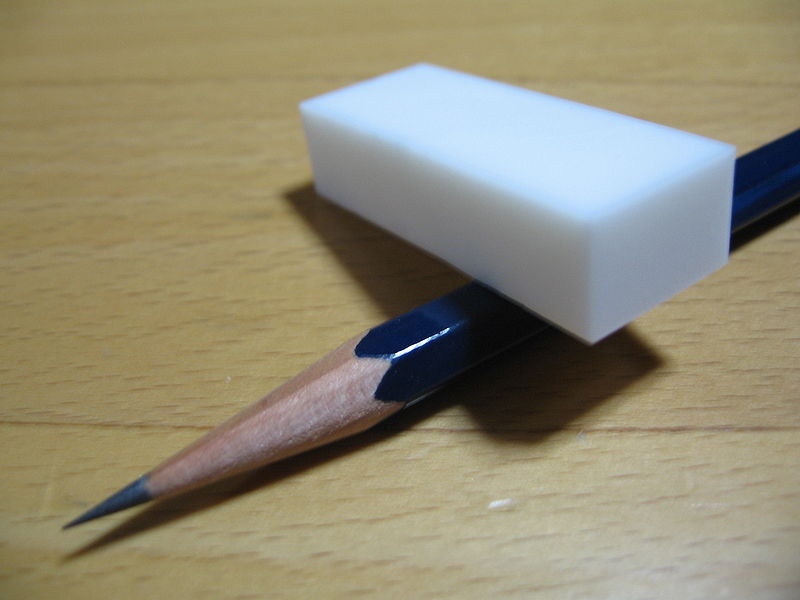 From the outside, publishing a novel seems like such an arcane business. And the truth is, it is very strange.
From the outside, publishing a novel seems like such an arcane business. And the truth is, it is very strange.
For instance, I spent this beautiful September day seated at my kitchen table reviewing the copy-edited manuscript of my second novel. (And no, I'm not going to announce its title just yet.) Spread out around me, I had my iPad (to check facts on the Web), the Chicago Manual of Style (because sometimes it's easier just to use a book), a copy of The Poacher's Son for reference, two blue pencils, a huge Staedtler eraser, a pencil sharpener borrowed from my wife, and a lot of yellow Post-It notes: all the tools I would need to undertake the task of editing my copy editor.
One way to understand copy-editing is by stepping back and seeing the entire writing process whole: I wrote a novel, rewrote it, and then rewrote it yet again. At that point the book was deemed ready by my editor to send to a copy editor (whose name I actually don't know). That very gifted person went line by line through the manuscript marking it up with a copper-colored pencil. He (or she) flagged typos, misplaced modifiers, repeated phrases, improperly hyphenated words, awkward sentence constructions—you get the idea.
My task today was to go through the manuscript myself and either approve or reject the suggested changes. If I didn't want to follow the copy editor's suggestion, I would write stet (the word comes from the Latin: "let it stand"). Mostly, I agreed with the recommend alterations. But sometimes I just liked what I had originally done and let it stand.
In addition to catching errors, this process of reviewing the copy edits is my last opportunity to do any significant rewriting of the book. I can insert a sentence here or there myself in blue pencil. But if I want to recraft an entire paragraph, I have to type it out and insert a new page in the bundle (which is bound by an enormous rubber band, by the way). I have several weeks to consider and reconsider what I have created, and then I must send the pages back to St. Martin's. After that, I will have one last chance to review the typeset manuscript, and at that stage I can only make minor changes.
This is the moment, for me at least, where the book begins to harden into its final shape. Before this it was just wet cement, but soon it will become concrete. Reviewing the copy edits is my last chance to press down my palm prints.

